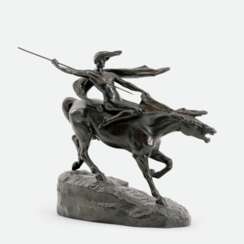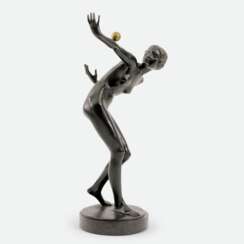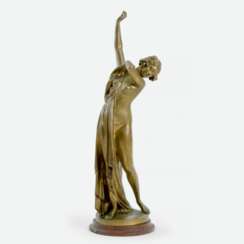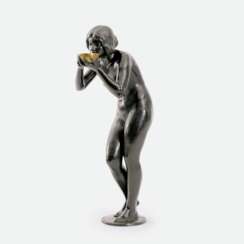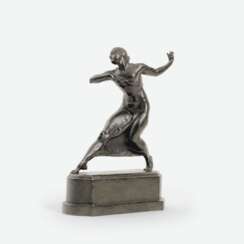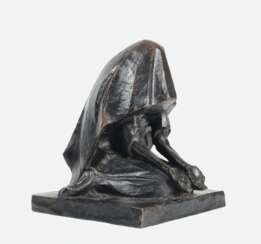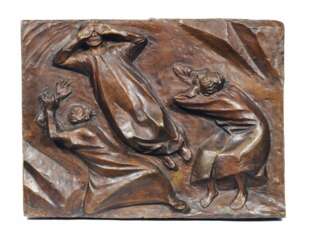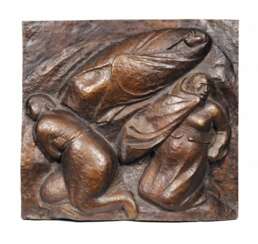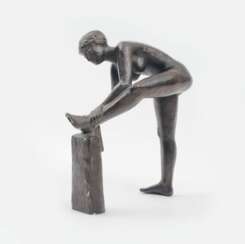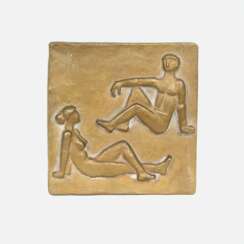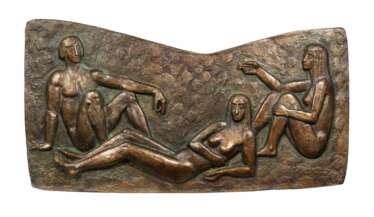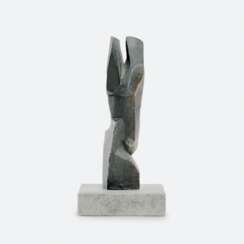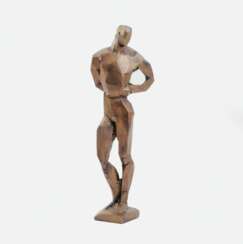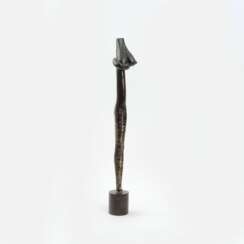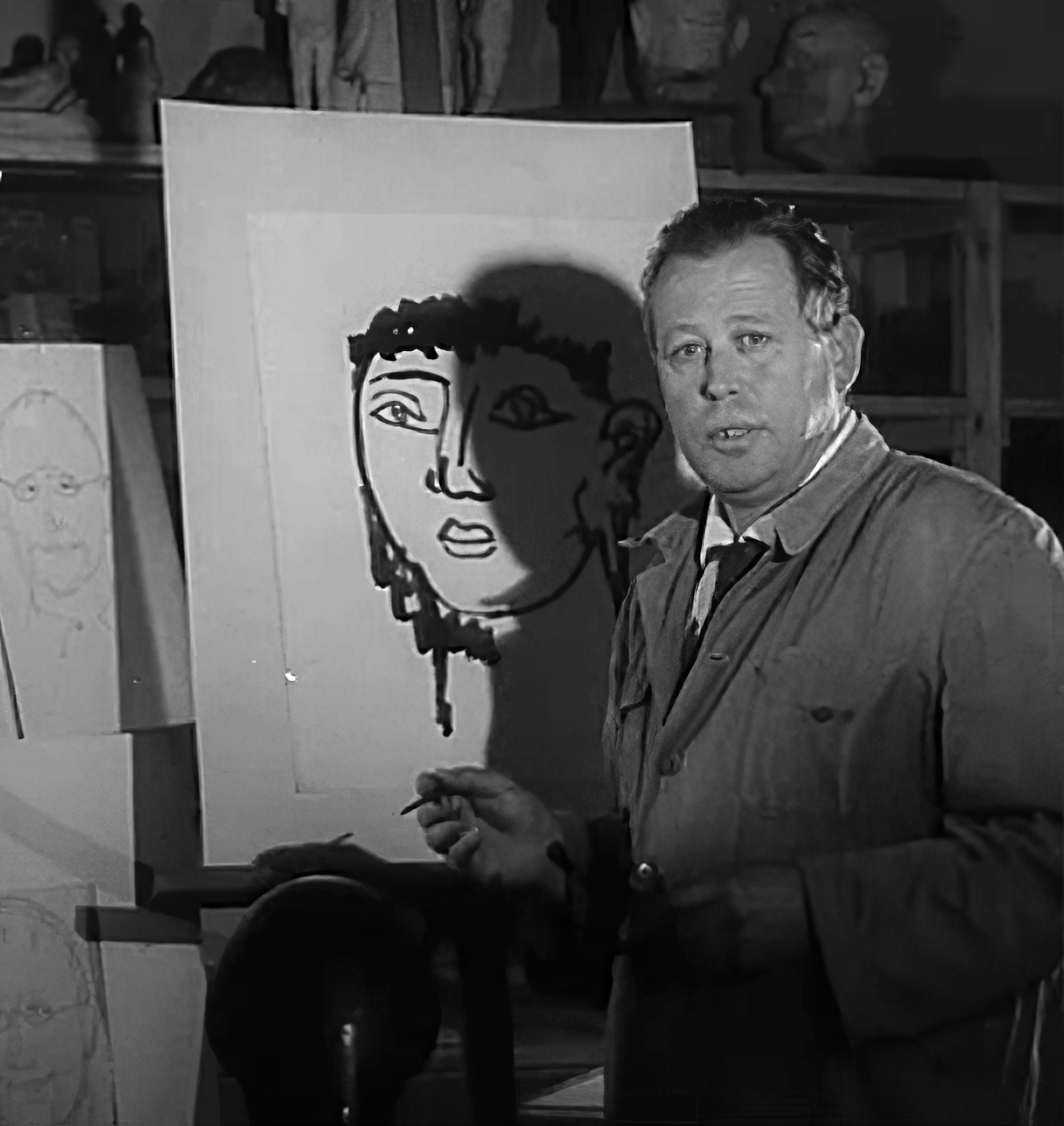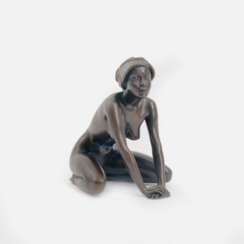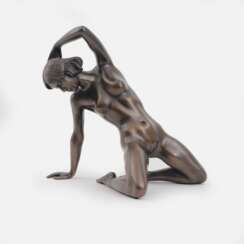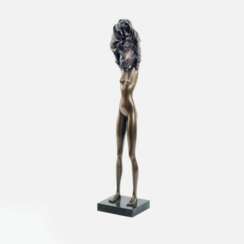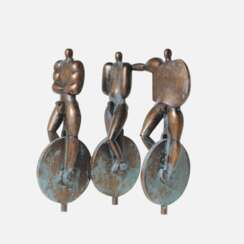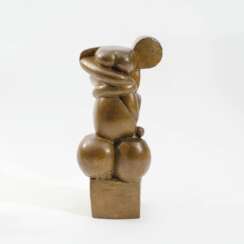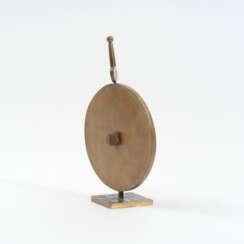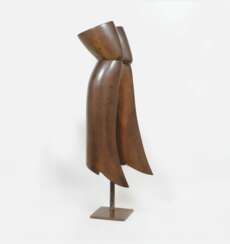
Sculptures and Bronzes — Kunst-Auktion
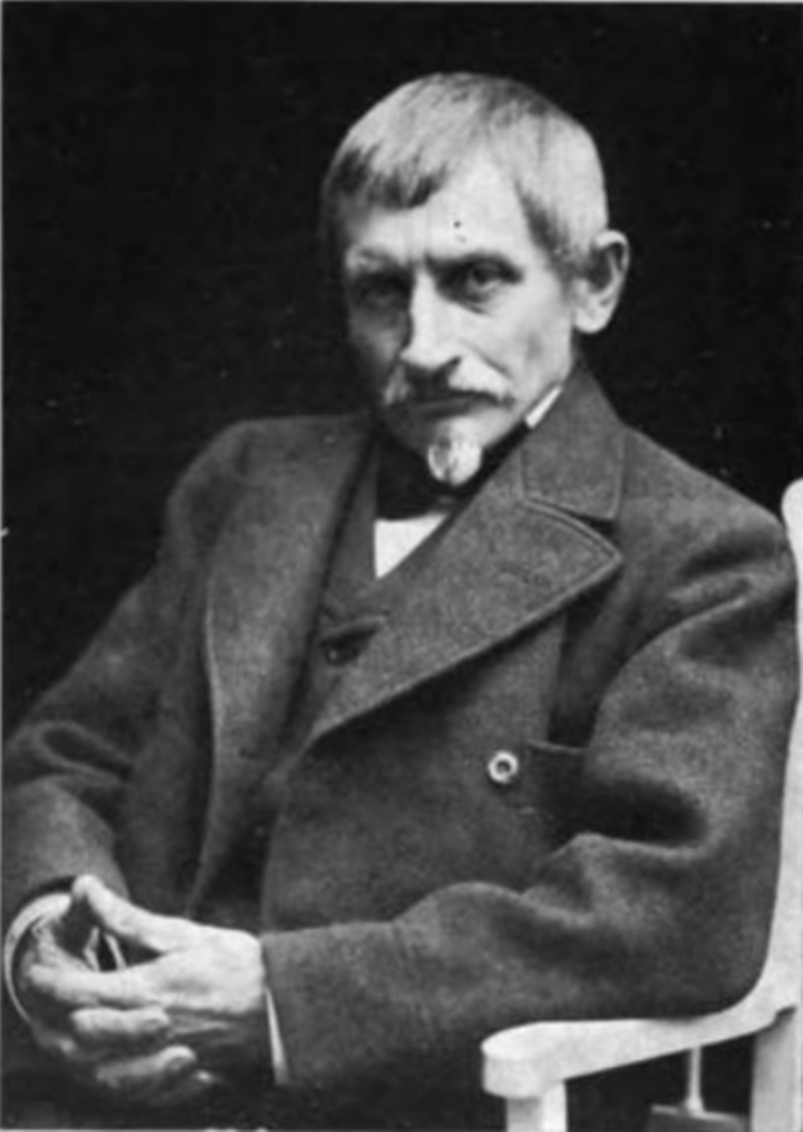
Stephan Abel Sinding is a Norwegian and Danish sculptor.
Stephan comes from a creative family, his brothers being composer Christian Sinding and painter Otto Sinding. He entered the Royal College of Drawing and studied art with Albert Wolf in Berlin. In France in 1874 he was impressed by the works of Auguste Rodin and Paul Dubois, and as a result Stephan Sinding abandoned the popular neoclassical movement of the time and moved towards a style inspired by Michelangelo, with flowing lines, raising themes of Scandinavian mythology as well as reality and eroticism.
Sinding created many realistic but also deeply symbolic sculptures, one of which, Mother in Captivity, won him the Grand Prix at the World's Fair in 1889.
In 1883 Stephan Sinding moved to Copenhagen, later becoming a Danish citizen and professor at the Academy of Fine Arts in Copenhagen. In 1910 he settled in Paris, where he lived and worked until his death in 1922. He became one of Norway's most famous sculptors, along with Gustav Vigeland.
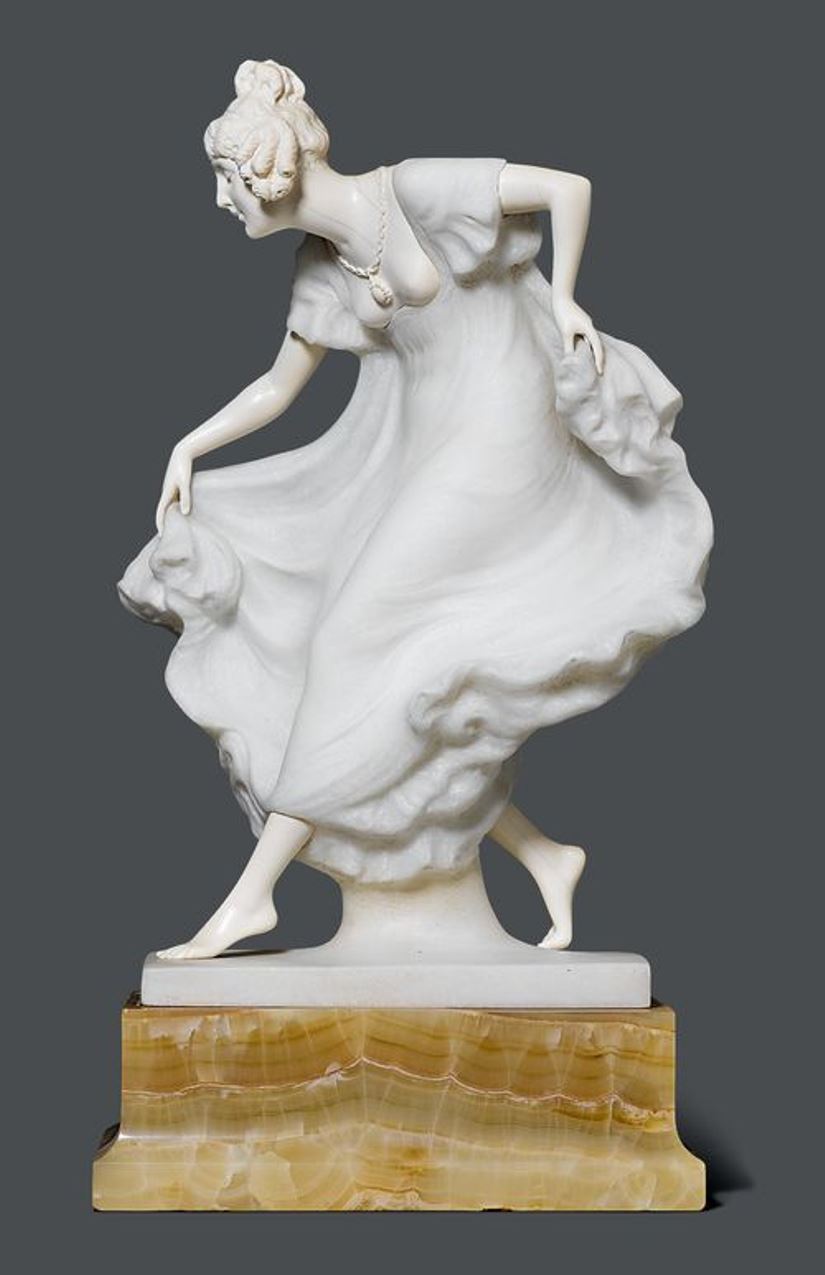
Ernst Seger was a German sculptor and medalist, professor.
Seger studied at the Breslau School of Art with Robert Hertel and Christian Behrens, he also studied in Paris, and from the late 1880s he first executed large commissions for public monuments. The sculptor worked in Auguste Rodin's studio in Paris before opening his own studio in Berlin. Ernst Seger became famous primarily for his Art Nouveau female nudes.

Ernst Seger was a German sculptor and medalist, professor.
Seger studied at the Breslau School of Art with Robert Hertel and Christian Behrens, he also studied in Paris, and from the late 1880s he first executed large commissions for public monuments. The sculptor worked in Auguste Rodin's studio in Paris before opening his own studio in Berlin. Ernst Seger became famous primarily for his Art Nouveau female nudes.
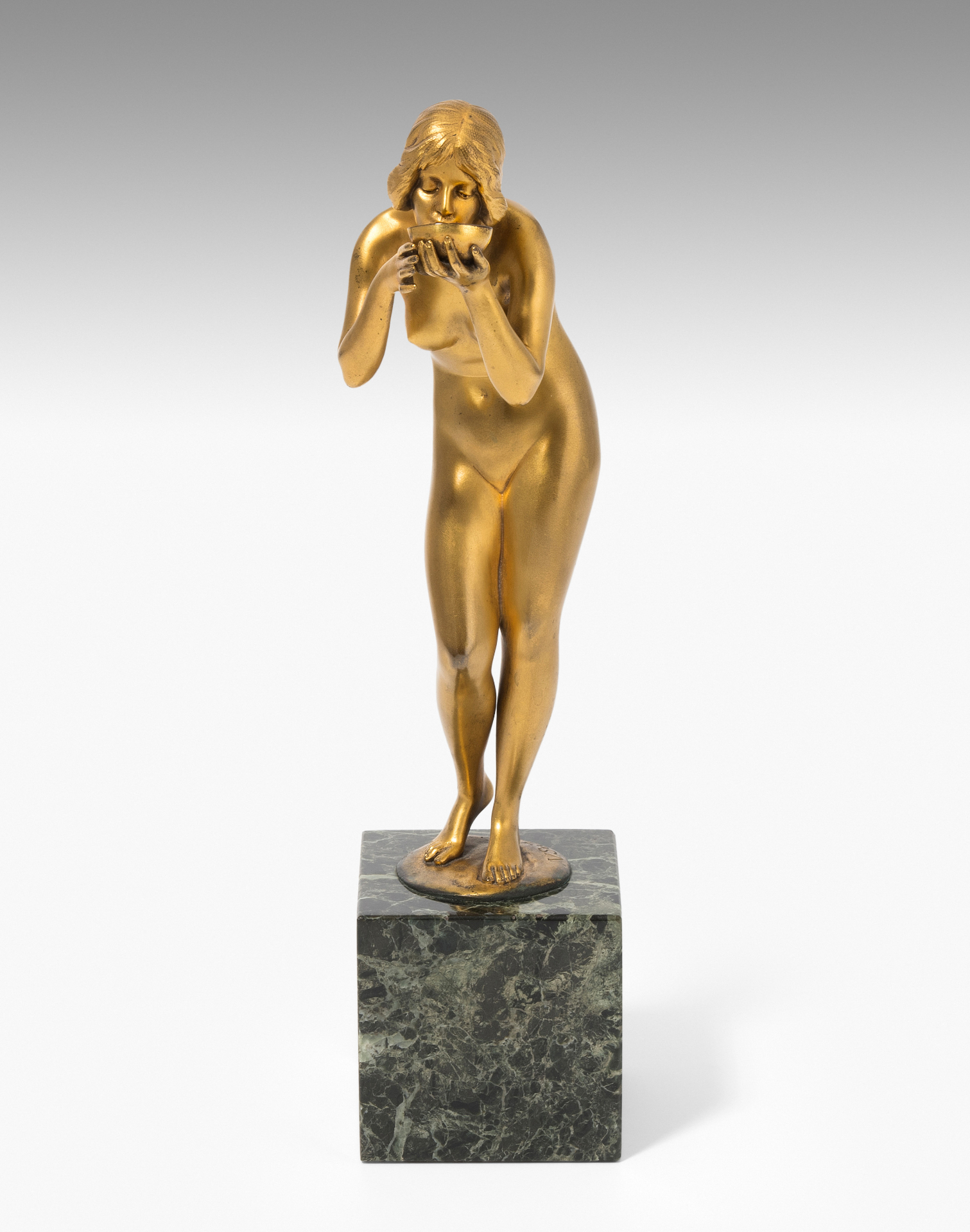
Victor Heinrich Seifert was an Austrian sculptor.
Seifert studied first at the University of Applied Arts in Vienna and later at the Berlin Academy of Art. After the end of World War I, he created many war memorials for German cities and towns, for which he became famous. Seifert also worked on classical nude sculptures in bronze.
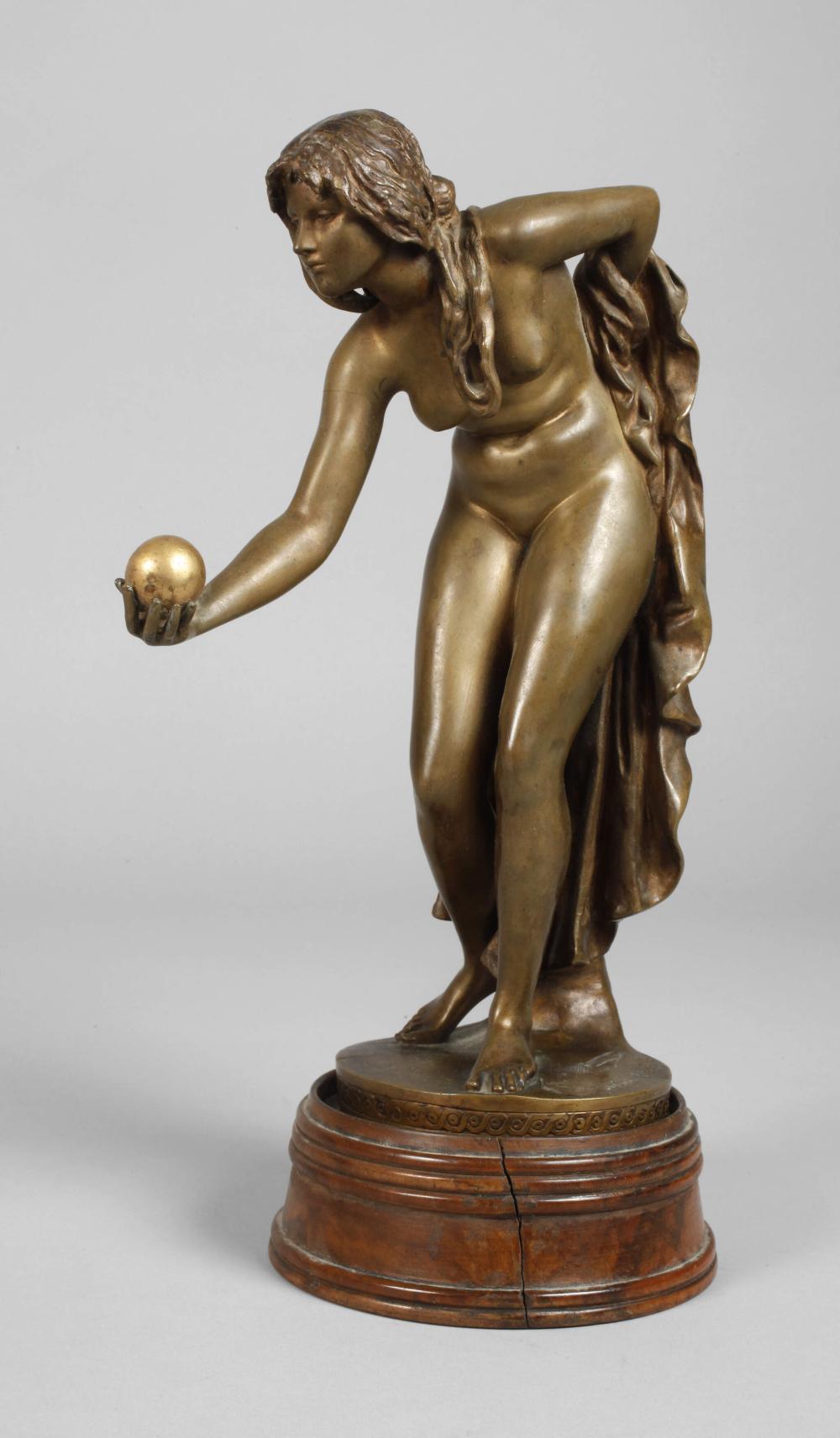
Walter Schott was a German sculptor and medalist, a representative of the neo-Baroque school of sculpture in Berlin.
Schott studied at the Berlin Academy and is the author of many sculptures for public spaces. His best-known work is "The Butcher Woman," executed in 1897 in life-size bronze for the flower garden at the southern end of the Königsallee in Düsseldorf.
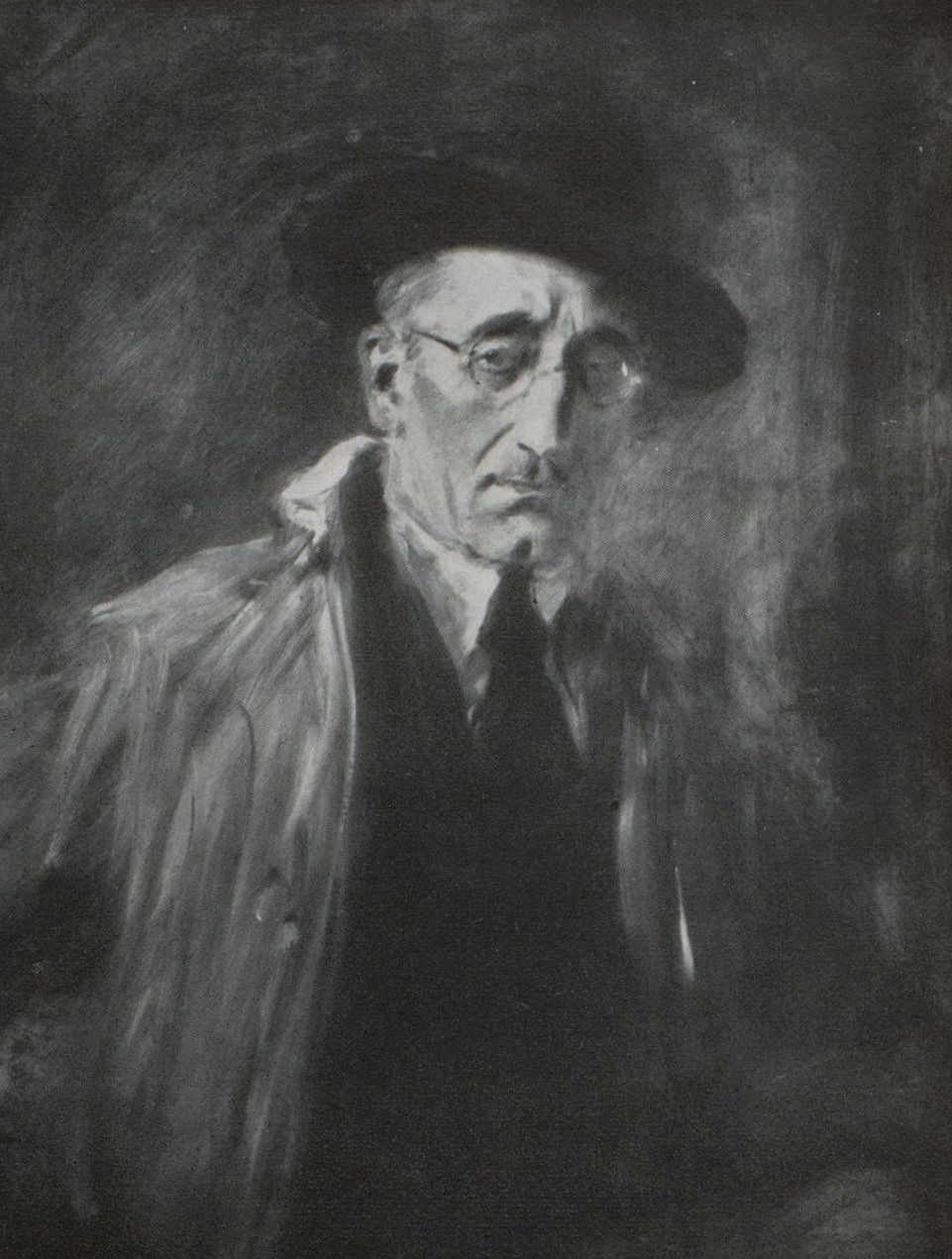
Ferdinand Liebermann was a German sculptor.
Liebermann studied sculpture at the School of Arts and Crafts and at the Academy in Munich with Heinrich Wadere. After additional studies in Rome and Paris, he opened his studio in Munich in 1910 and was awarded the Grand Austrian State Medal in gold for a small bronze the same year. In 1926 he became professor of monumental and portrait sculpture in Munich.
Ferdinand Liebermann's works include numerous sculptures of buildings, monuments and fountains, and he was also one of the most important figure designers for the Rosenthal manufactory.
.jpg)
Ernst Heinrich Barlach was a German expressionist sculptor, medallist, printmaker and writer. Although he was a supporter of the war in the years leading to World War I, his participation in the war made him change his position, and he is mostly known for his sculptures protesting against the war. This created many conflicts during the rise of the Nazi Party, when most of his works were confiscated as degenerate art. Stylistically, his literary and artistic work would fall between the categories of twentieth-century Realism and Expressionism.
.jpg)
Ernst Heinrich Barlach was a German expressionist sculptor, medallist, printmaker and writer. Although he was a supporter of the war in the years leading to World War I, his participation in the war made him change his position, and he is mostly known for his sculptures protesting against the war. This created many conflicts during the rise of the Nazi Party, when most of his works were confiscated as degenerate art. Stylistically, his literary and artistic work would fall between the categories of twentieth-century Realism and Expressionism.
.jpg)
Ernst Heinrich Barlach was a German expressionist sculptor, medallist, printmaker and writer. Although he was a supporter of the war in the years leading to World War I, his participation in the war made him change his position, and he is mostly known for his sculptures protesting against the war. This created many conflicts during the rise of the Nazi Party, when most of his works were confiscated as degenerate art. Stylistically, his literary and artistic work would fall between the categories of twentieth-century Realism and Expressionism.
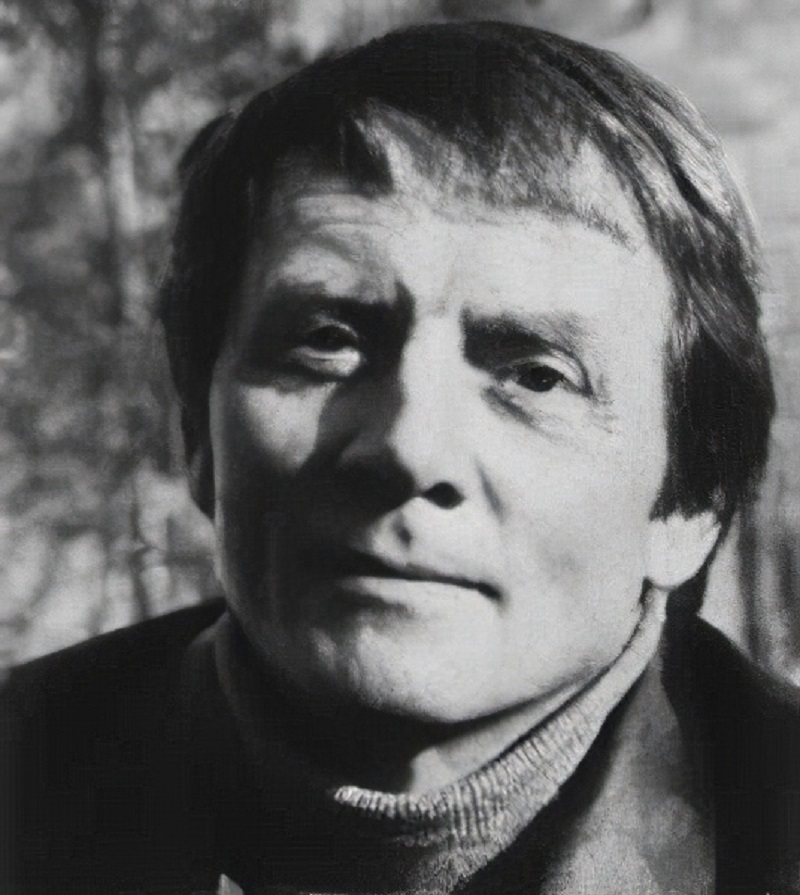
Fritz Fleer is a German painter and sculptor. He studied at the Hamburg University of Fine Arts in the class of Edwin Paul Scharf.
As independent artist, Fritz Fleer has been creating works for urban planning since the 1950s; in Hamburg he was commissioned for 17 sculptures by the municipal housing company SAGA.

Fritz Fleer is a German painter and sculptor. He studied at the Hamburg University of Fine Arts in the class of Edwin Paul Scharf.
As independent artist, Fritz Fleer has been creating works for urban planning since the 1950s; in Hamburg he was commissioned for 17 sculptures by the municipal housing company SAGA.

Fritz Fleer is a German painter and sculptor. He studied at the Hamburg University of Fine Arts in the class of Edwin Paul Scharf.
As independent artist, Fritz Fleer has been creating works for urban planning since the 1950s; in Hamburg he was commissioned for 17 sculptures by the municipal housing company SAGA.

Fritz Fleer is a German painter and sculptor. He studied at the Hamburg University of Fine Arts in the class of Edwin Paul Scharf.
As independent artist, Fritz Fleer has been creating works for urban planning since the 1950s; in Hamburg he was commissioned for 17 sculptures by the municipal housing company SAGA.

Fritz Fleer is a German painter and sculptor. He studied at the Hamburg University of Fine Arts in the class of Edwin Paul Scharf.
As independent artist, Fritz Fleer has been creating works for urban planning since the 1950s; in Hamburg he was commissioned for 17 sculptures by the municipal housing company SAGA.

Fritz Fleer is a German painter and sculptor. He studied at the Hamburg University of Fine Arts in the class of Edwin Paul Scharf.
As independent artist, Fritz Fleer has been creating works for urban planning since the 1950s; in Hamburg he was commissioned for 17 sculptures by the municipal housing company SAGA.
.jpg)
Gerhard Marcks was a German artist, known primarily as a sculptor, but who is also known for his drawings, woodcuts, lithographs and ceramics.
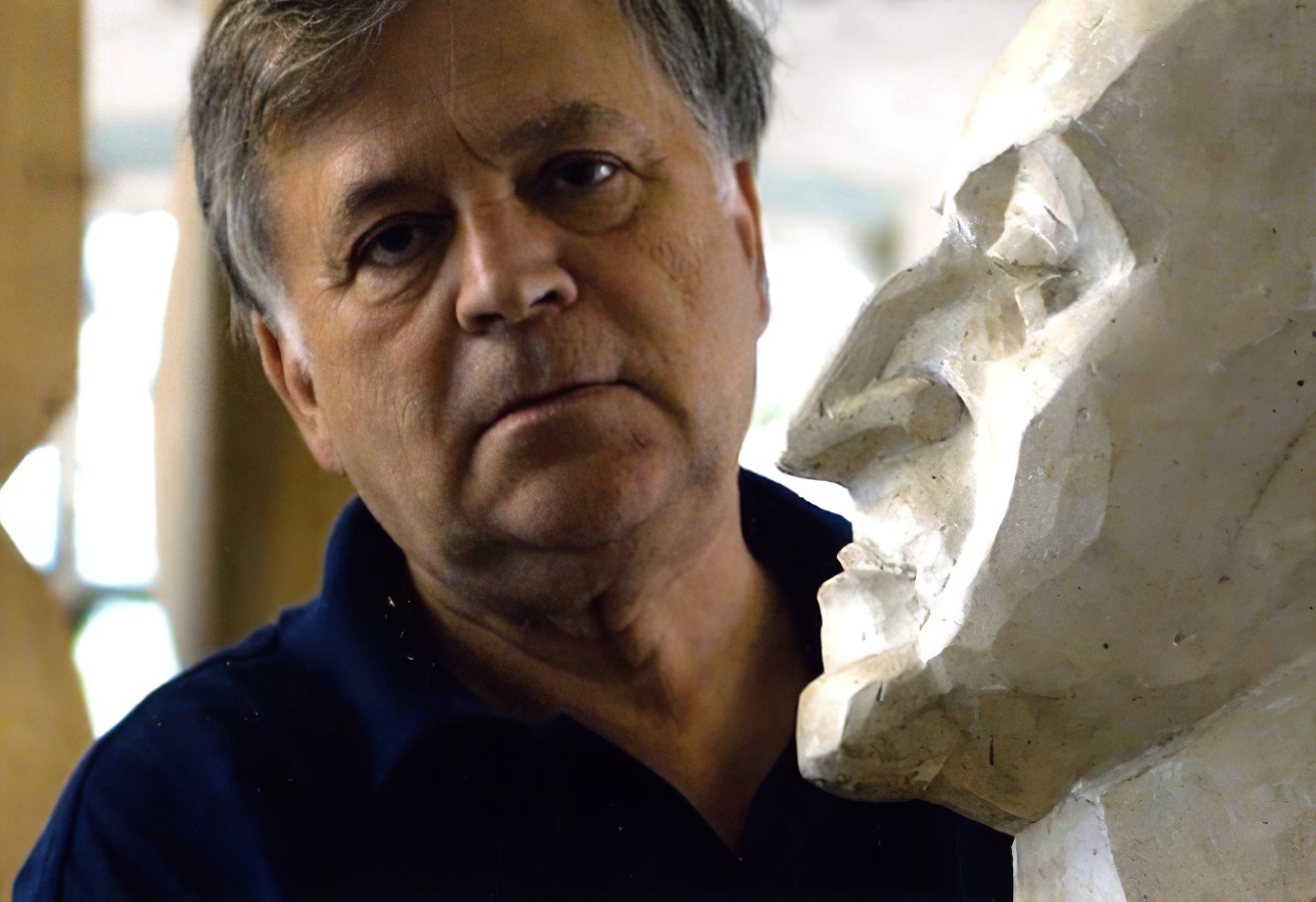
Manfred Sihle-Wissel ist ein deutscher Bildhauer.
Seine Lehrer waren Edwin Scharff und Hans Martin Ruwoldt. Seit 1981 wohnt und arbeitet er in Brammer bei Rendsburg (Schleswig-Holstein).
Zu Manfred Sihle-Wissels Werk gehören Porträts, Skulpturen und Aquarelle.

Manfred Sihle-Wissel ist ein deutscher Bildhauer.
Seine Lehrer waren Edwin Scharff und Hans Martin Ruwoldt. Seit 1981 wohnt und arbeitet er in Brammer bei Rendsburg (Schleswig-Holstein).
Zu Manfred Sihle-Wissels Werk gehören Porträts, Skulpturen und Aquarelle.
.jpg)
Arno Breker was a German architect and sculptor who is best known for his public works in Nazi Germany, where they were endorsed by the authorities as the antithesis of degenerate art. He was made official state sculptor, and exempted from military service. One of his better known statues is Die Partei, representing the spirit of the Nazi Party that flanked one side of the carriage entrance to Albert Speer's new Reich Chancellery.
.jpg)
Arno Breker was a German architect and sculptor who is best known for his public works in Nazi Germany, where they were endorsed by the authorities as the antithesis of degenerate art. He was made official state sculptor, and exempted from military service. One of his better known statues is Die Partei, representing the spirit of the Nazi Party that flanked one side of the carriage entrance to Albert Speer's new Reich Chancellery.
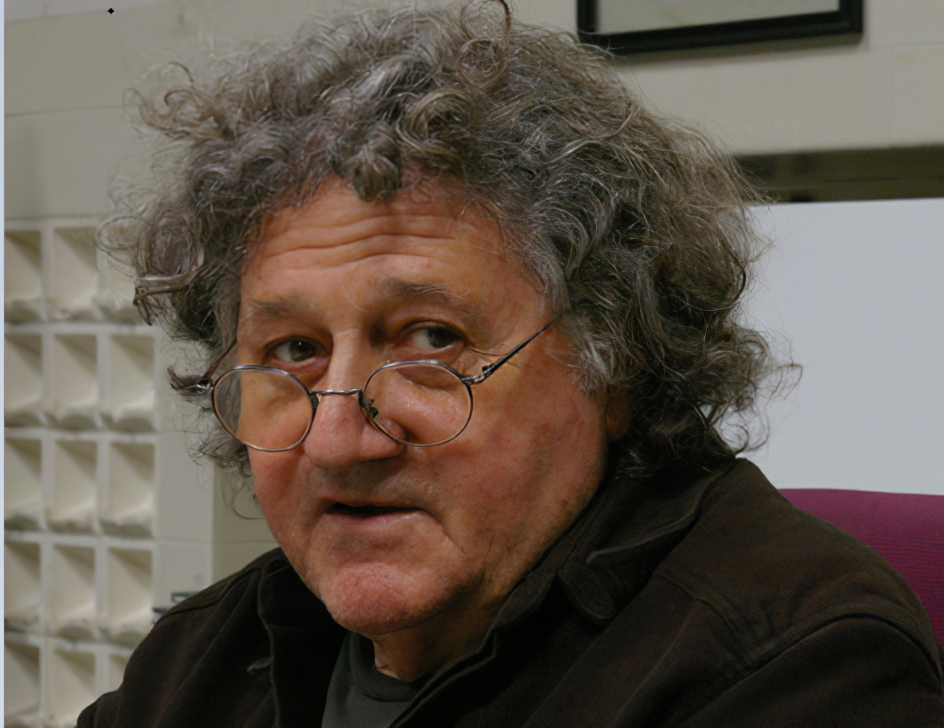
Bruno Bruni senior is an Italian lithographer, graphic artist, painter and sculptor. He became commercially successful in the 1970s. In 1977, he won the International Senefeld award for Lithography. He has since become one of the most successful Italian artists in Germany and one of Germany's best known lithographers.

Bruno Bruni senior is an Italian lithographer, graphic artist, painter and sculptor. He became commercially successful in the 1970s. In 1977, he won the International Senefeld award for Lithography. He has since become one of the most successful Italian artists in Germany and one of Germany's best known lithographers.
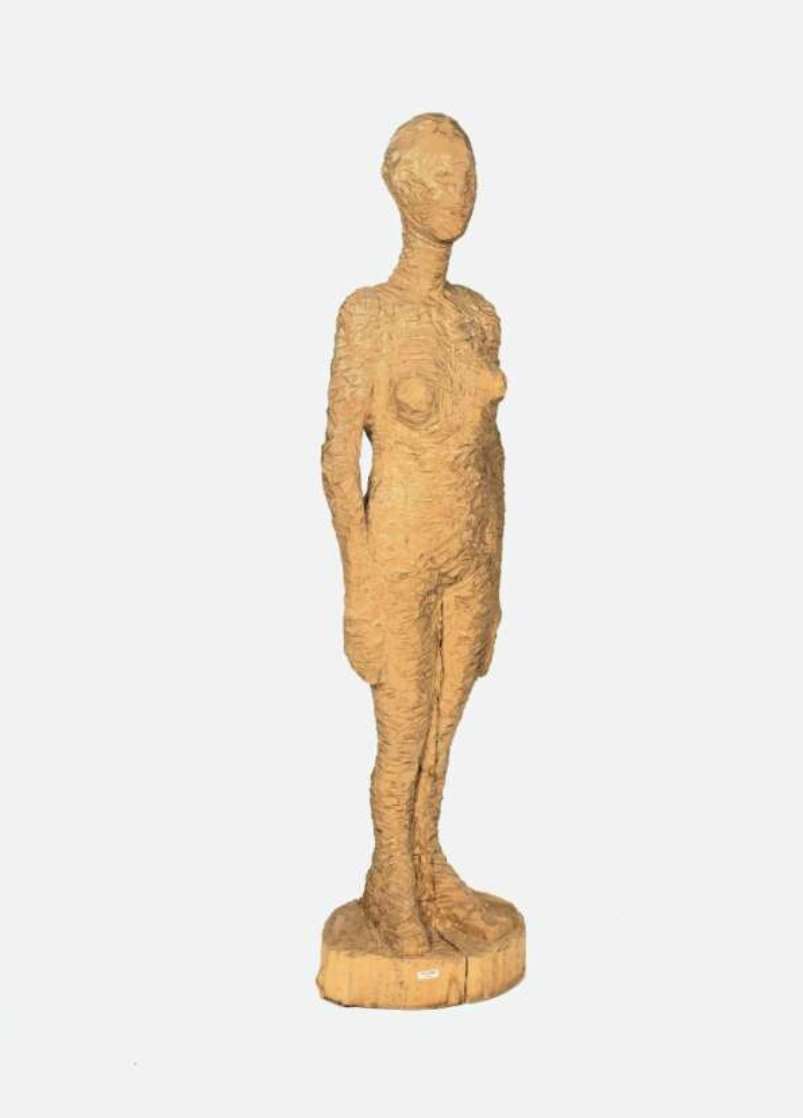
Alfred Dade is an Albanian painter and sculptor working in Germany.
Dade studied at the Art Academy in Rome with Prof. Marchese and at the Art Academy in Düsseldorf with Prof. Markus Lüpertz. Since 1999 he has been working as a freelance artist in Mülheim/Ruhr, creating sculptures in wood.

Alfred Dade is an Albanian painter and sculptor working in Germany.
Dade studied at the Art Academy in Rome with Prof. Marchese and at the Art Academy in Düsseldorf with Prof. Markus Lüpertz. Since 1999 he has been working as a freelance artist in Mülheim/Ruhr, creating sculptures in wood.
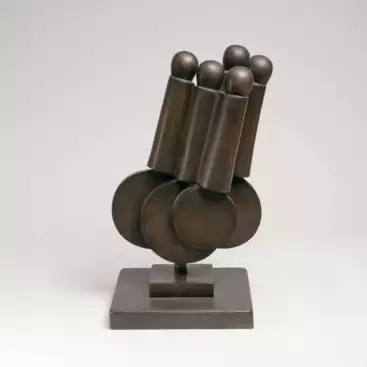
Georg Engst was a German sculptor.
Engst preferred to work in wood, stone and bronze, but also in aluminium, concrete and glass. Much of his artistic work from the mid-1950s onwards is abstract-geometric in character, initially in the form of inlaid panels and inlaid walls made of wood, for example for a commission for the conference room of the Regional Church Office in Hanover in 1957.

Georg Engst was a German sculptor.
Engst preferred to work in wood, stone and bronze, but also in aluminium, concrete and glass. Much of his artistic work from the mid-1950s onwards is abstract-geometric in character, initially in the form of inlaid panels and inlaid walls made of wood, for example for a commission for the conference room of the Regional Church Office in Hanover in 1957.

Georg Engst was a German sculptor.
Engst preferred to work in wood, stone and bronze, but also in aluminium, concrete and glass. Much of his artistic work from the mid-1950s onwards is abstract-geometric in character, initially in the form of inlaid panels and inlaid walls made of wood, for example for a commission for the conference room of the Regional Church Office in Hanover in 1957.

Georg Engst was a German sculptor.
Engst preferred to work in wood, stone and bronze, but also in aluminium, concrete and glass. Much of his artistic work from the mid-1950s onwards is abstract-geometric in character, initially in the form of inlaid panels and inlaid walls made of wood, for example for a commission for the conference room of the Regional Church Office in Hanover in 1957.
